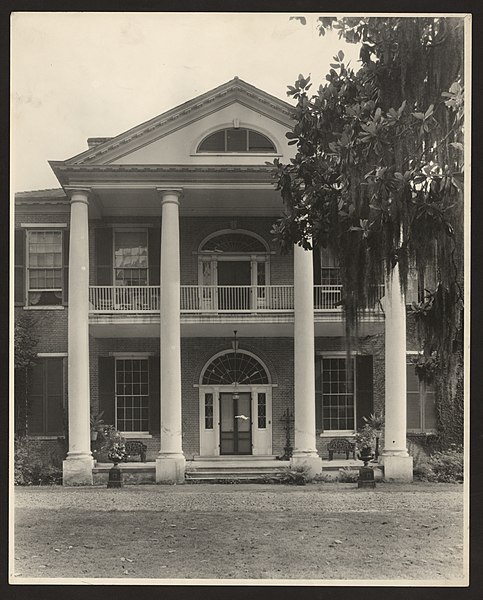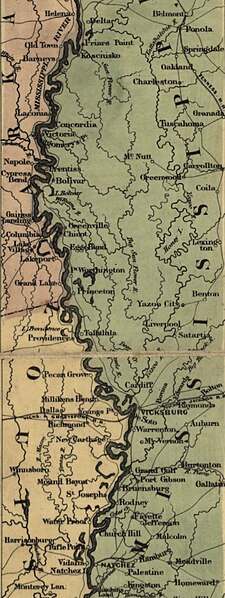Calvin Morgan Rutherford, generally known as C. M. Rutherford, was a 19th-century American interstate slave trader. Rutherford had a wide geographic reach, trading nationwide from the Old Dominion of Virginia to as far west as Texas. Rutherford had ties to former Franklin & Armfield associates, worked in Kentucky for several years, advertised to markets throughout Louisiana and Mississippi, and was a major figure in the New Orleans slave trade for at least 20 years. Rutherford also invested his money in steamboats and hotels.
Baton Rouge Daily Gazette and Comet, Dec. 16, 1853
"I have just received for sale a very likely lot of Virginia NEGROES."
Index card for a New Orleans death record, 1854
Rutherford worked out of the Arcade Passage in the Second Municipality of New Orleans in the late 1850s. Norman's plan of New Orleans & environs, 1845 (LOC 98687133)
Samuel Stillman Boyd, often referred to as S. S. Boyd or Judge Boyd, was a prominent attorney in early 19th-century Mississippi. He also served as a judge briefly, was a leader in the political party, invested in cotton agriculture, speculated in real estate, engaged in large-scale enslavement, and advocated for pro-slavery causes. Boyd wielded significant political influence in his community, initially as a leader in the Whig Party. His name was considered for a seat on the U.S. Supreme Court in both 1852 and 1860.
Samuel Stillman Boyd of Natchez, Mississippi; engraved by J. C. Buttre from a daguerreotype, and published in History of Bowdoin College (1882)
Photograph of the entrance and porch of Arlington, taken in 1934 during the New Deal's Historical American Building Survey. While Arlington still stands, it now exists as a derelict ruin.
Detail of Norman's chart of the lower Mississippi River (1858) displaying a cotton plantation belonging to S. S. Boyd near Glasscock Island [d] on the riverfront in Concordia Parish, Louisiana.
A depiction of the Mississippi River north of Natchez circa 1862 reveals boat landings identified as Providence and Pecan Grove, names that correspond to two of the plantations held by Boyd and Ballard.







![Detail of Norman's chart of the lower Mississippi River (1858) displaying a cotton plantation belonging to S. S. Boyd near Glasscock Island [d] on the](https://upload.wikimedia.org/wikipedia/commons/thumb/a/aa/Detail_of_Norman%27s_chart_of_the_lower_Mississippi_River_%281858%29.jpg/600px-Detail_of_Norman%27s_chart_of_the_lower_Mississippi_River_%281858%29.jpg)
